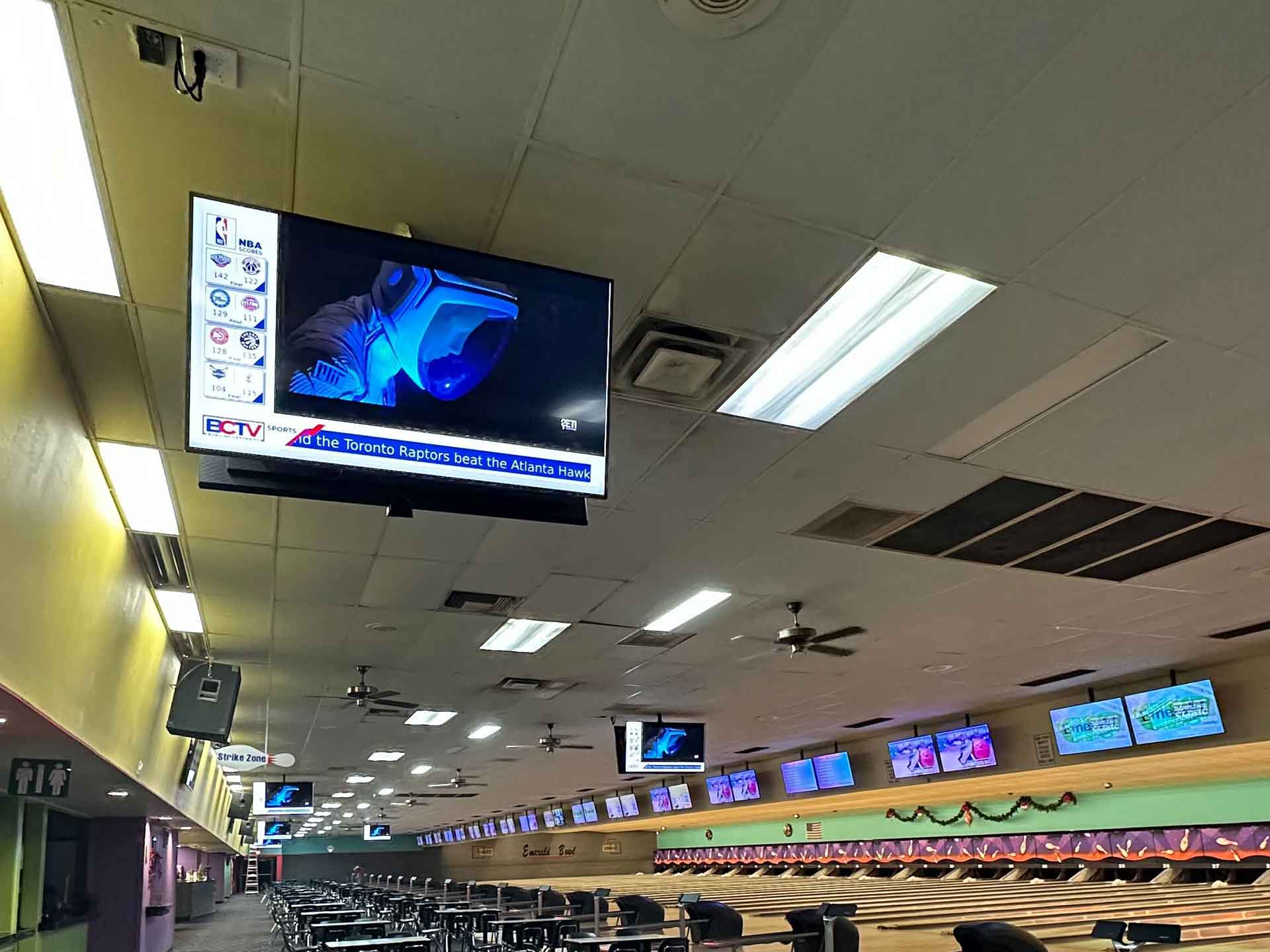-
Comprehensive Planning
Before diving into operations, it’s crucial to establish a robust planning framework. This means setting clear goals, outlining key stages, and creating a detailed schedule. By planning and addressing potential obstacles, you can significantly lower the risk of issues down the line. A comprehensive strategy acts as a roadmap, guiding your project from initial research to successful execution.
-
Environmental Assessment
Understanding the physical setting where your digital signage will be installed is vital. Conducting a thorough evaluation helps identify potential challenges, such as limited space, power supply issues, or external factors that could impact display performance. Gaining firsthand knowledge of the site minimizes unexpected problems and ensures a smoother installation process.
-
Hardware and Software Selection
Choosing the right hardware is essential for a successful rollout. This involves making informed decisions about media players, mounting solutions, and displays that are both efficient and durable. Equally important is the software component, particularly the content management system (CMS). A strong CMS facilitates easy content updates and management, helping to keep your signage relevant and engaging – and, monetized.
-
Network Infrastructure Design
A well-designed network infrastructure serves as the backbone of your digital signage system. Ensuring that your network can handle the demands of content delivery and updates is critical. This includes assessing bandwidth requirements and integrating necessary components to support your CMS platform tech stack and other software solutions. A reliable network ensures that your digital signage operates smoothly and efficiently.
-
Installation and Troubleshooting Strategies
Effective installation is key to a successful digital signage rollout. Anticipating potential installation challenges can help you avoid costly delays. Additionally, having a clear troubleshooting plan in place for after installation is essential. Being prepared to tackle unexpected issues ensures that your digital signage remains operational and effective. Implementing a responsive support system can help minimize downtime by quickly addressing any concerns.


Successfully implementing digital signage at scale involves much more than simply placing screens in strategic locations. By focusing on comprehensive planning, understanding the installation environment, selecting the right hardware and software, building a robust network infrastructure, and preparing for installation and troubleshooting, businesses can maximize the impact of their digital signage projects.
With careful consideration of these factors, you can ensure that your digital signage initiative not only succeeds but also has the potential for continued growth and development.
At Legrand | AV, our collaboration with CRI has been instrumental in refining these five fundamentals, ensuring that our clients have the insights and tools needed for successful digital signage implementations. To learn more about current use cases on the outcomes of large-scale rollouts and the value of MFG/Integrator partnership- visit www.cri.com or read more about the story here and check out the Legrand | AV digital signage resources.

